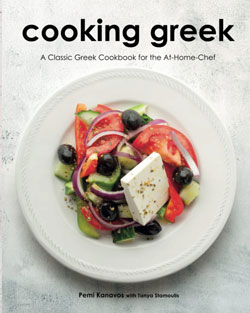I'm thinking of visiting Melissani Cave over the summer when I am in Kefalonia. I thought I'd share some information I found about it:
Melissani Cave is a hidden gem of Kefalonia, a Greek island situated in the heart of the Ionian Sea. This naturally occurring underground wonder was discovered only in 1951 after an earthquake's destruction revealed its existence. The entrance of the cave is camouflaged by dense forest, which makes entering the cave feel like an adventure on its own. Once inside, the view of the water is nothing short of breathtaking.
Due to the wide gaps in the cave's ceiling, sunlight floods in, giving the illusion of an emerald turquoise color. Such stunning natural beauty is hard to come by, and the Melissani Cave is the perfect venue for adventurers who want to experience something different.
Melissani Cave is home to a network of underground waterways that lead to the beautiful Melissani Lake. The lake's crystal clear water is naturally heated and is perfect for a refreshing dip, but before you jump in, please heed the safety guidelines and adhere to the do's and don'ts. The atmosphere in the cave is wet and humid, contributing to the growth of exotic plants and animals. It's an excellent opportunity to see different kinds of wildlife, so keep your eyes peeled for bats, snails, and eels.
The cave's interior is relatively spacious, so feel free to enjoy a leisurely stroll, savoring the beauty of the rock formations that have been formed over millions of years. This breath-taking scenery is the perfect background for some epic photos to share with your friends back home.
Immersing yourself in the cave's mystical ambiance is an experience like no other. We recommend that you go on a guided tour with experienced caving professionals who can provide you with interesting information about the cave's geological history, making your exploration more meaningful and memorable. The guided tour is equally safe and allows you to bask in the cave's ambiance thoroughly. Corrosion caves, such as the Melissani Cave, require a cautious approach to protect yourself and the cave's ecosystem. So, remember to go with a professional guide even if you have experience in caving/speleology.



